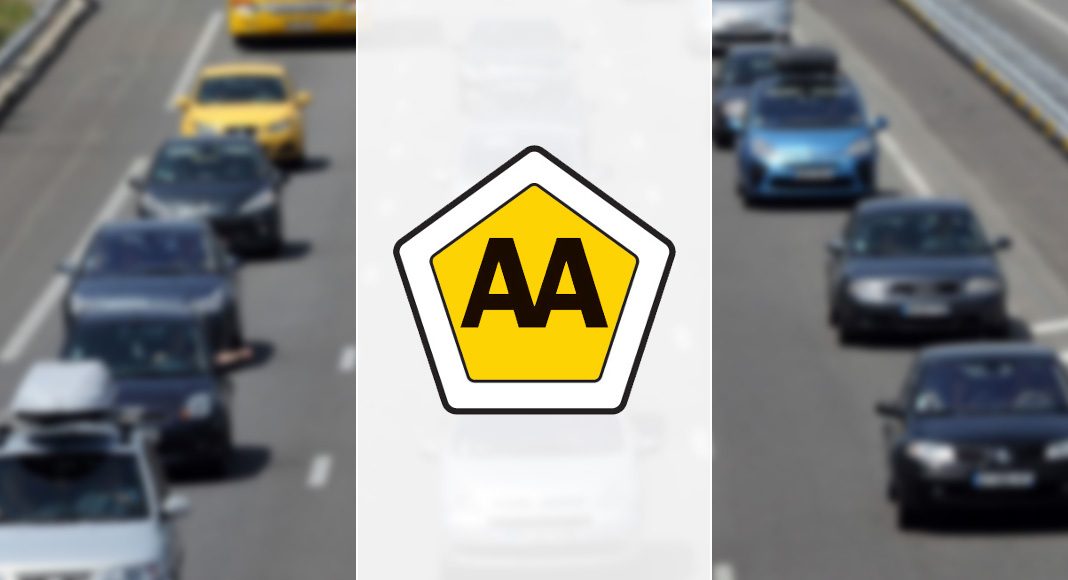According to the Automobile Association (AA) in South Africa, learning to drive is no longer the rite of passage that it once was for young people. The gradual improvement of public transport in South Africa, along with the rise of ride-sharing services, means that a driving licence is less of a necessity than it used to be for previous generations.
âItâs still useful to have a driving licence though,â said the AA.
âIf you have access to a car, a licence is an easy way to get around whenever you want to.
âA driving licence is also important when entering the job market; many jobs, such as sales representatives, require the applicant to have their own transport and a licence. And of course, one can make an entire career as a driver.â
For people looking to get a licence, the AA has some advice.
âFirstly, as we have seen widely reported in the media, we all know how easy it is to buy a licence, but donât think of it. Driving is one of the top causes of unnatural death, and if you donât get the right training before you venture out on the roads, your crash risk is extremely high,â the Association cautioned.
âGet proper training and pass the driving test legitimately, so that when you use the roads on your own, youâre equipped to recognise danger and prevent emergencies.â
The AA says driving schools are the best way to learn the skills you need.
âPick a reputable driving school. Look for one that has been in business for many years. Check online to see what others think of their service.
âEnsure that your instructor has a current, valid instructorâs certificate, issued by the licensing authorities, and that their vehicle is clean, presentable and roadworthy. A driving school which is a member of SAIDI (the Southern African Institute of Driving Instructors) will give you extra peace of mind, because SAIDI members have access to additional training and updates to legislation.â
Once you have your driving licence, itâs easy to discard all that was taught at licence level and drive the way you please, but the AA advises against that.
âThe content of the driving test is only a framework of basic skills. Good drivers actively work on improving their skills throughout their driving career, by reading up on new developments in safety and technology, and attending training courses,â the AA said. âDo not rely on learning by ‘experience’ â a situation which requires ‘experience’ could happen just days or weeks after you get your licence!â
The AA says its three main hints to new drivers are a summary of the most important skills taught before the driving test.
âFirstly, always check your blind spot before manoeuvring. Even in modern cars with blind spot monitoring systems, the car might not be able to alert you to a vehicle on a collision course with your own at a merge area or more than two lanes away.
âSecondly, always maintain a following distance of at least two seconds, or longer in poor visibility or rainy weather. This gives you time to react to changes in the traffic and use your carâs safety systems to best advantage.
âThirdly, always drive at a sensible speed for the conditions, which can sometimes be lower than the speed limit. If you drive too fast for conditions, you won’t be able to stop or swerve in time. Inappropriately low speed can be just as dangerous, so make sure you don’t endanger other traffic by driving too slowly on high-speed roads like freeways.â
The AA says that drivers who constantly improve their skills are less likely to crash.



















